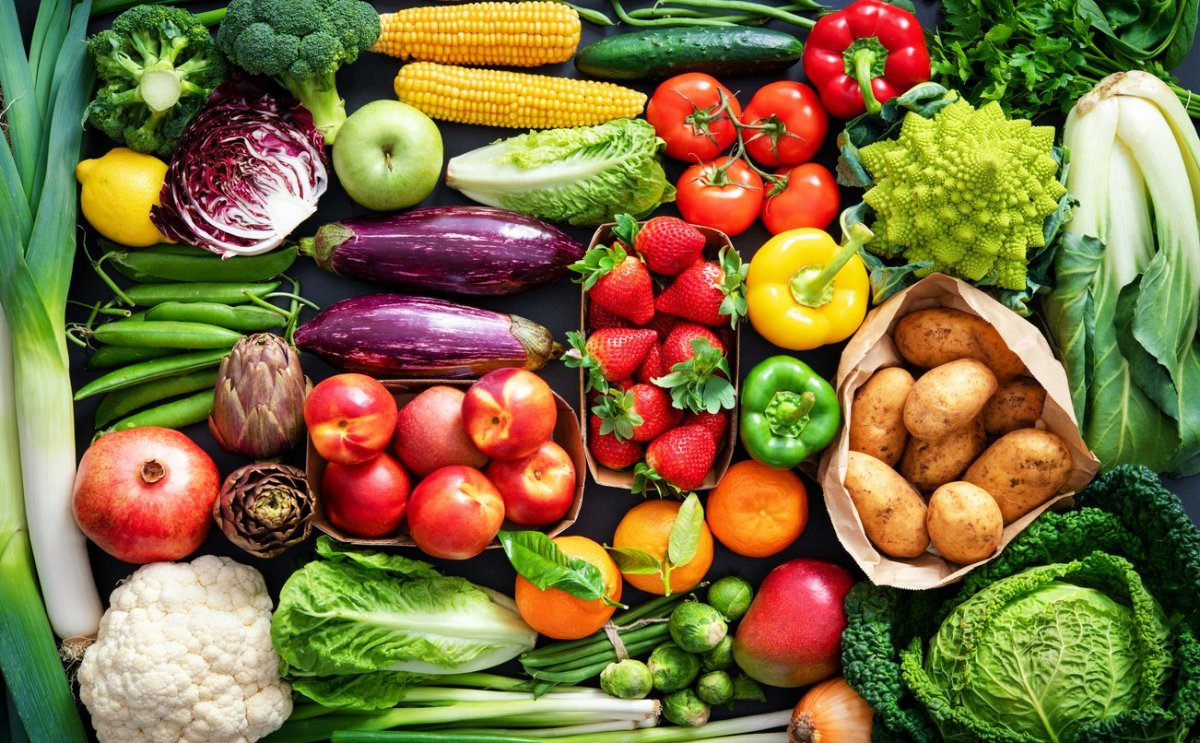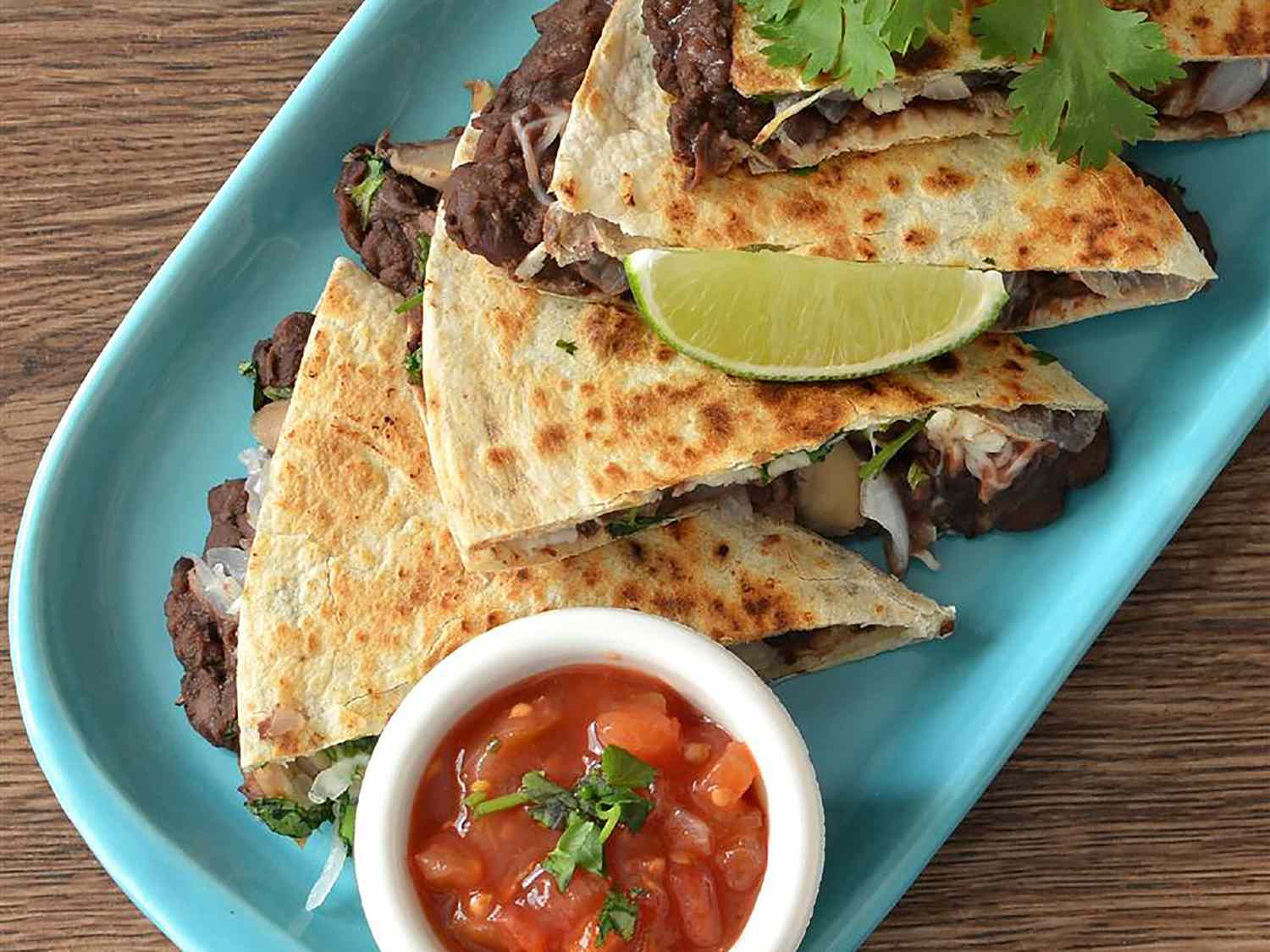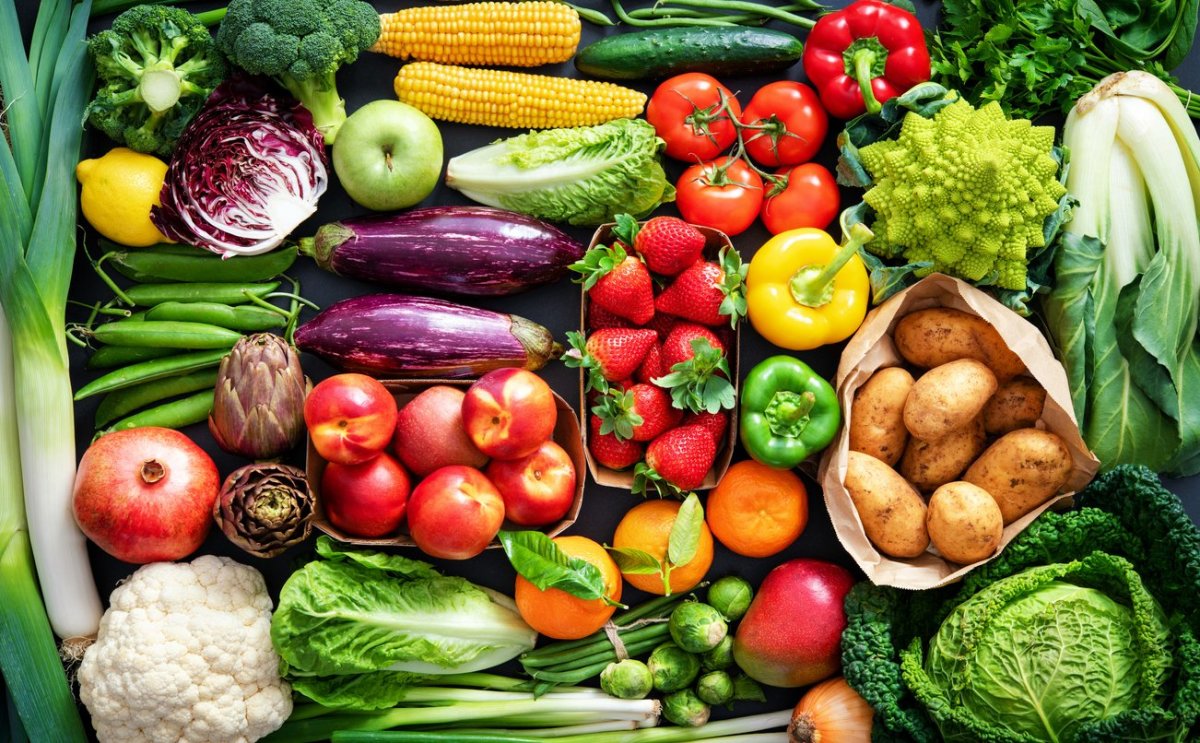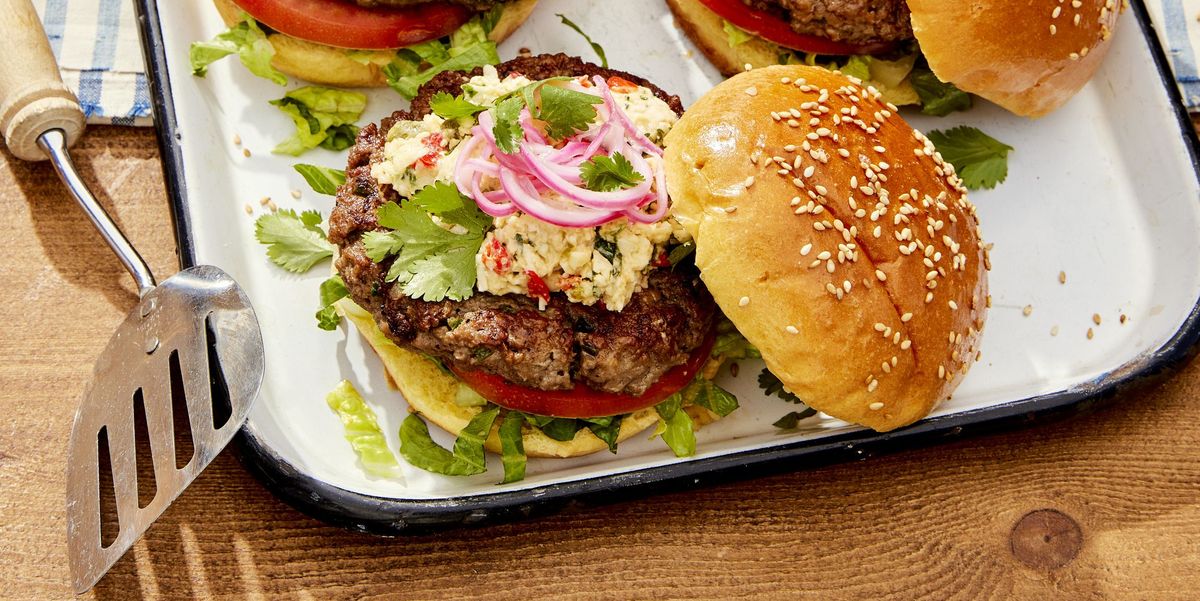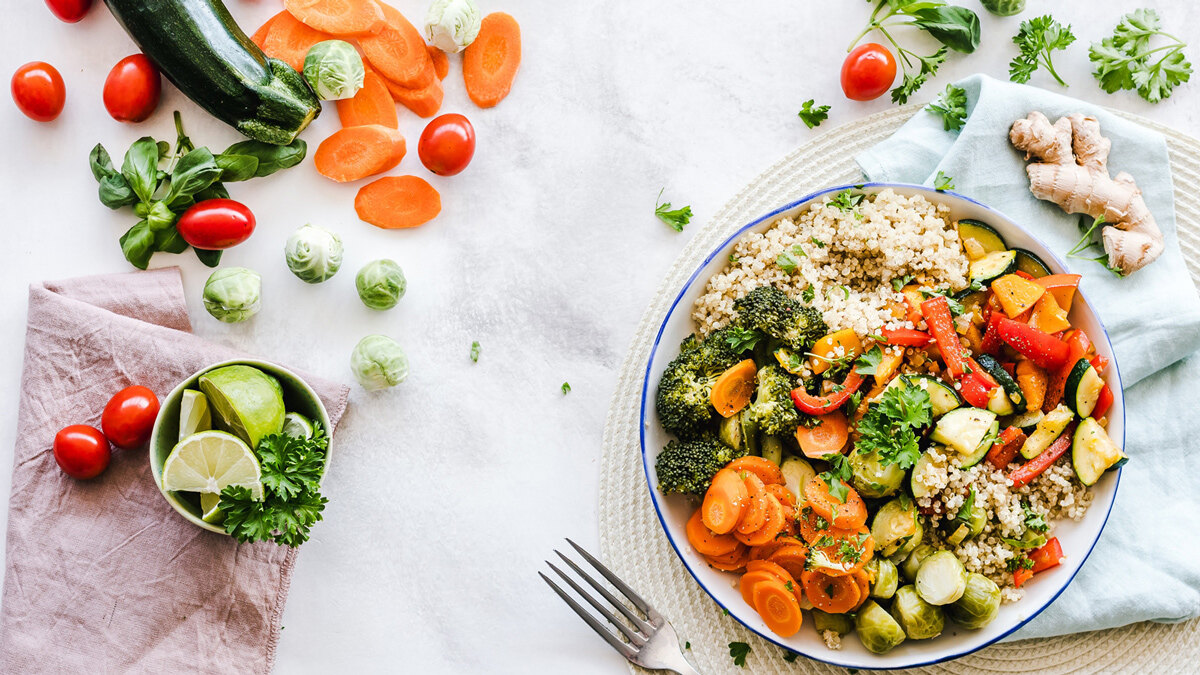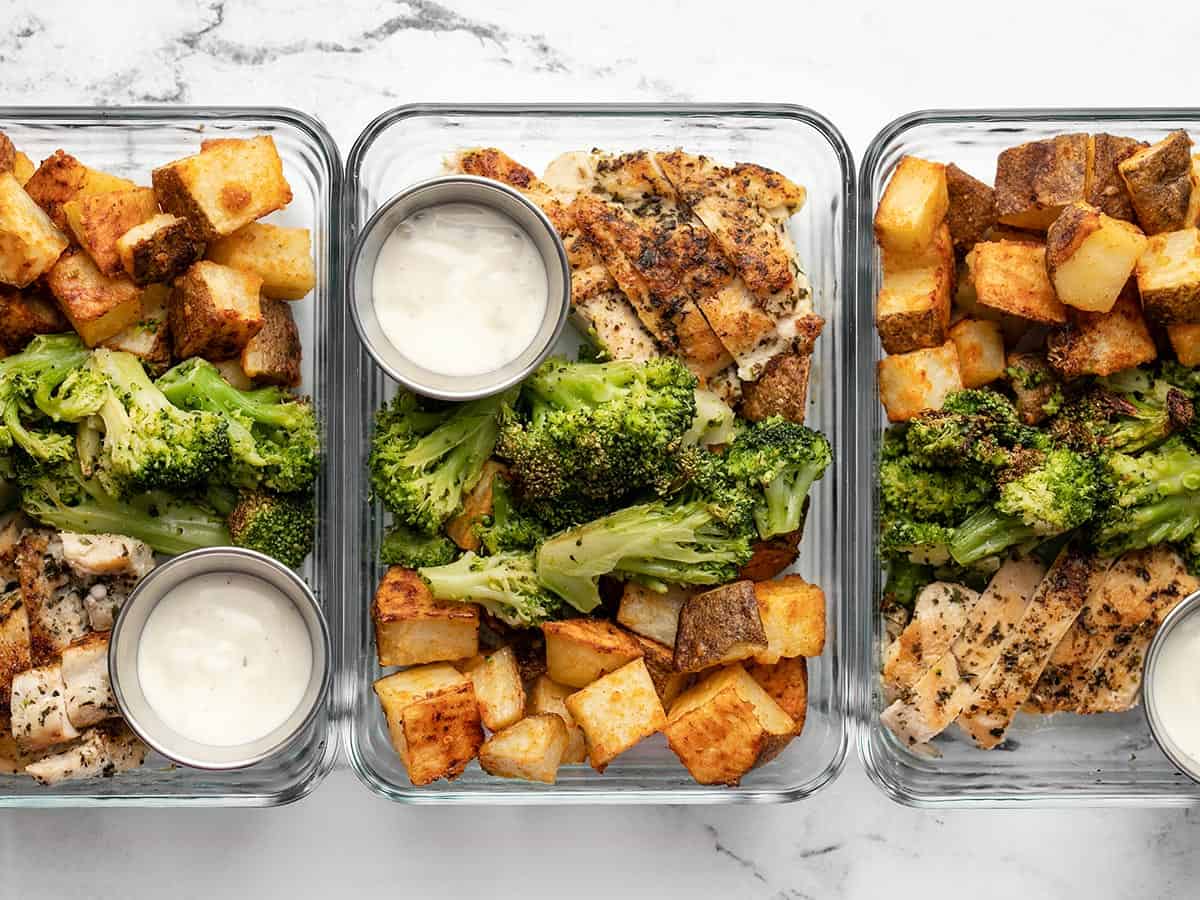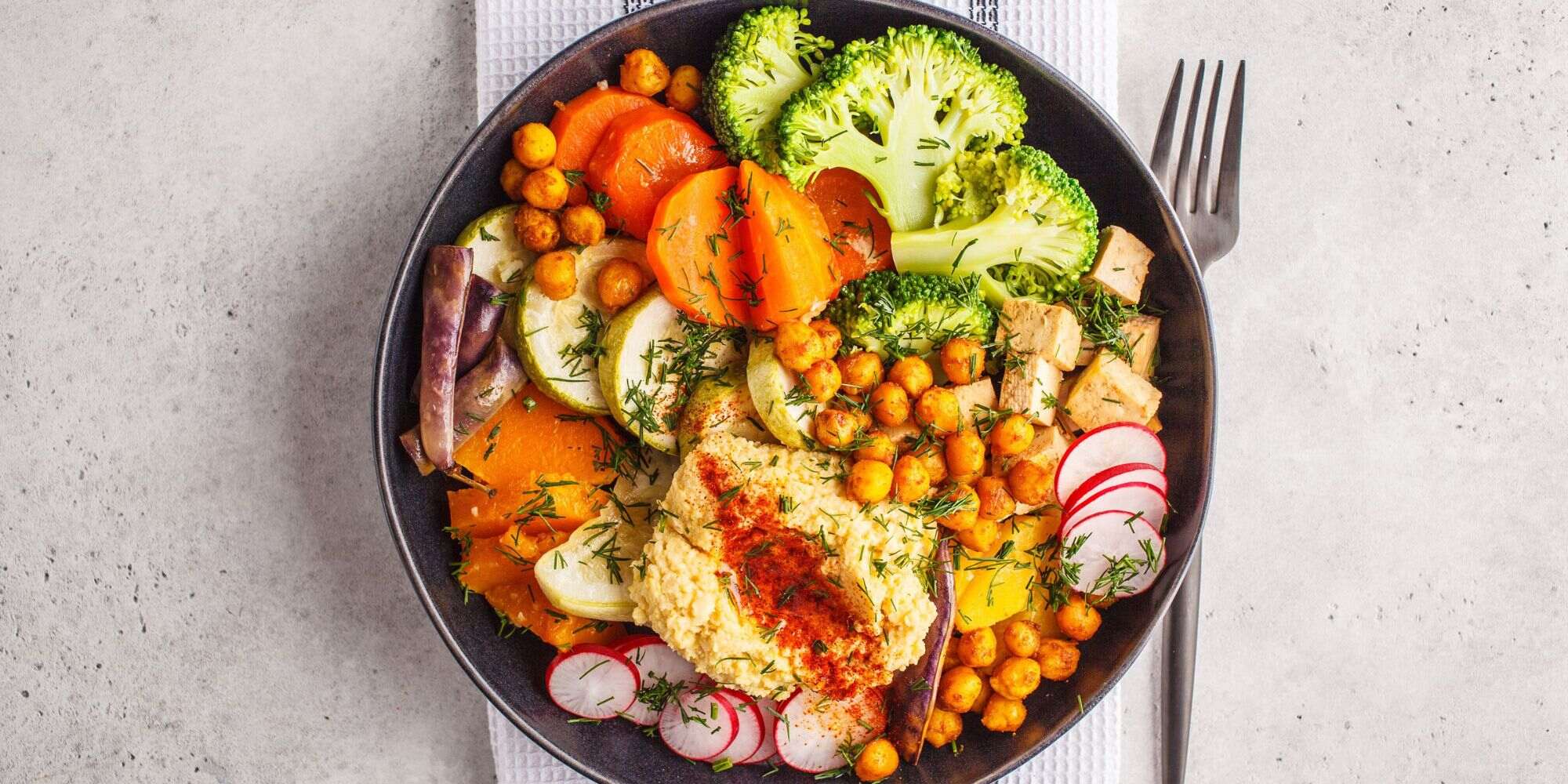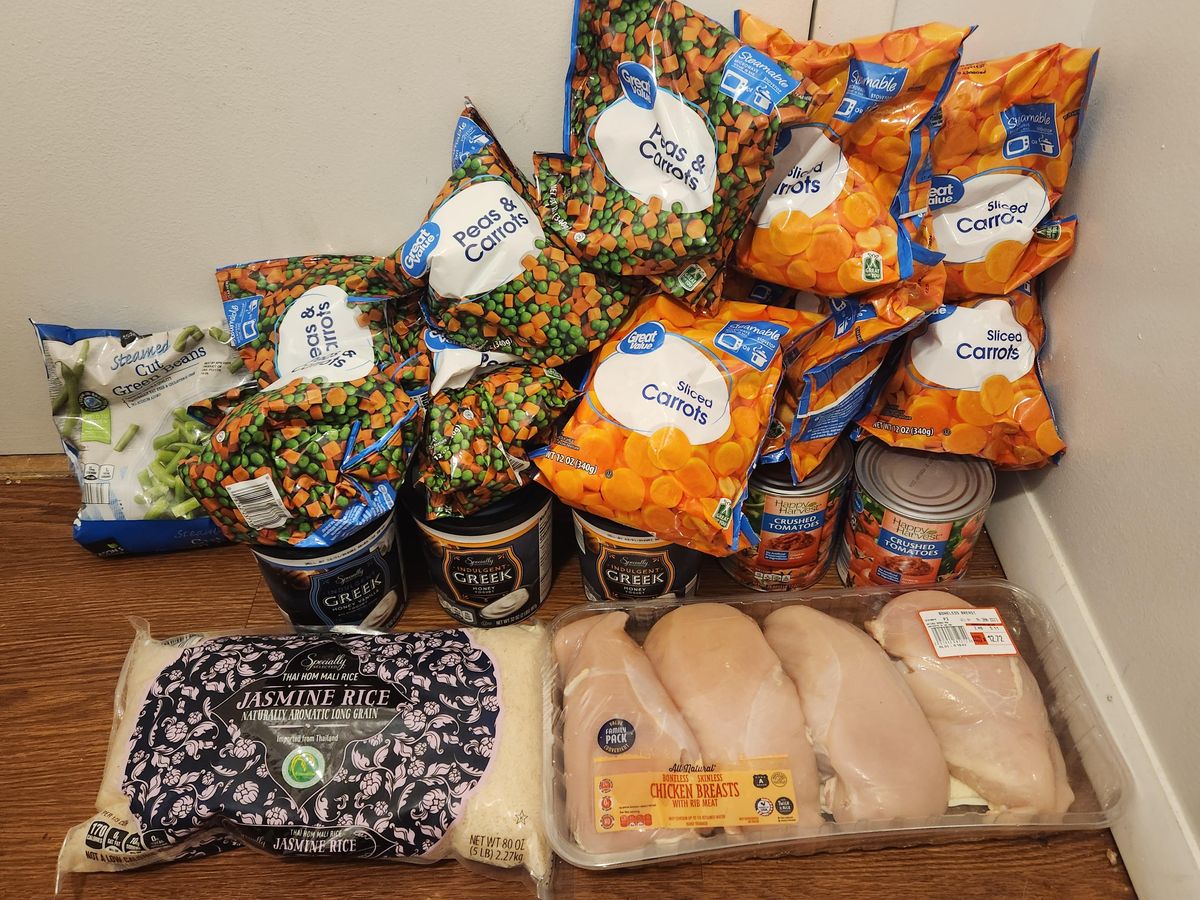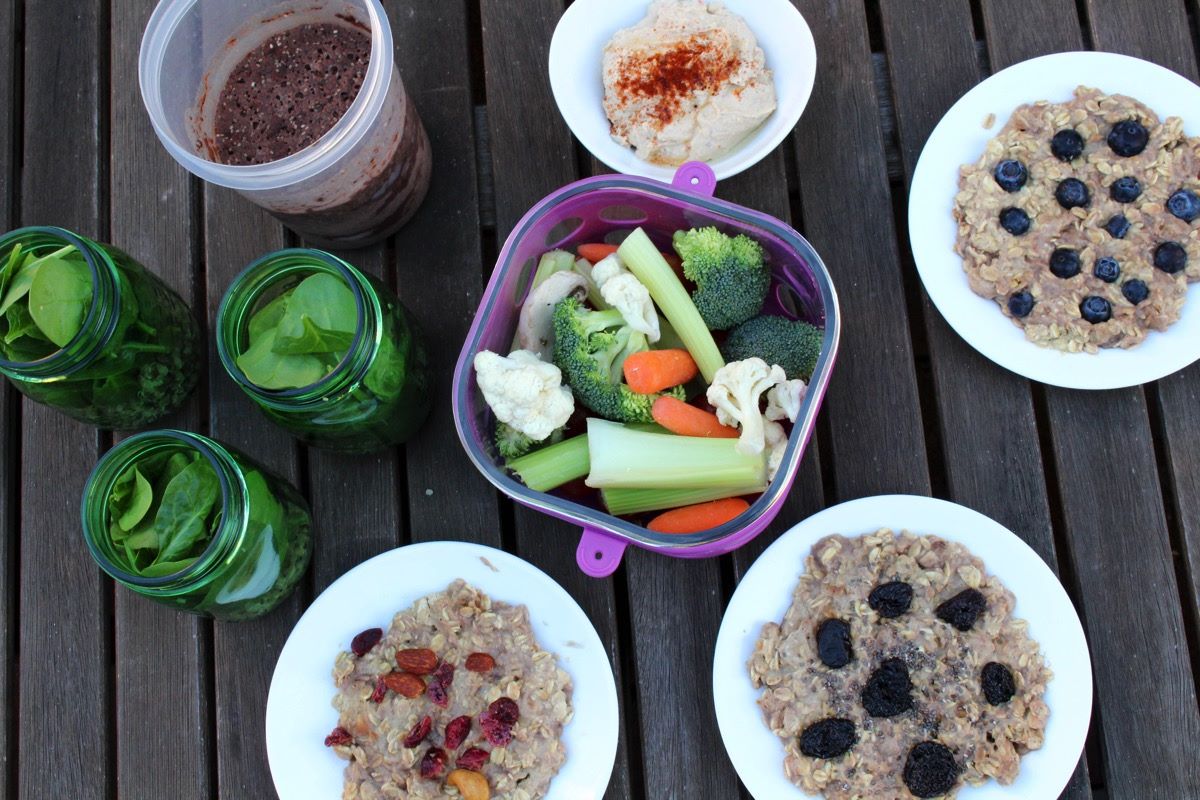Meal planning on a budget doesn't have to be stressful. With a few smart strategies, you can save money while still enjoying delicious, nutritious meals. Start by making a weekly menu based on what's on sale at your local grocery store. Use coupons and buy in bulk when possible. Focus on versatile ingredients like rice, beans, and seasonal vegetables. Cooking at home not only saves cash but also allows control over what goes into your food. By planning ahead, you can avoid last-minute takeout and reduce food waste. Let's dive into some practical tips and tricks for budget-friendly meal planning.
Essential Ingredients for Your Budget-Friendly Meals
Meal Planning on a Budget: Tips and Tricks
- Rice: Affordable, versatile, and filling.
- Beans: High in protein, low cost.
- Pasta: Quick to cook, many varieties.
- Canned Tomatoes: Great for sauces, soups.
- Frozen Vegetables: Long shelf life, nutritious.
- Chicken Thighs: Cheaper than breasts, flavorful.
- Ground Beef: Versatile, can be stretched with fillers.
- Eggs: Protein-packed, budget-friendly.
- Potatoes: Filling, multiple cooking methods.
- Oats: Breakfast staple, can be used in baking.
- Peanut Butter: Protein source, long shelf life.
- Canned Tuna: Easy protein, versatile.
- Lentils: High in protein, cook quickly.
- Carrots: Affordable, long-lasting.
- Onions: Flavorful, essential for many dishes.
- Garlic: Adds depth to meals, inexpensive.
- Flour: Baking, thickening sauces.
- Sugar: Sweetener, baking essential.
- Milk: Versatile, used in many recipes.
- Cheese: Adds flavor, can be frozen.
- Bread: Staple for sandwiches, toast.
- Canned Soup: Quick meal option, can be enhanced.
- Spices: Salt, pepper, paprika, cumin, etc.
- Oil: Cooking essential, choose vegetable or olive.
- Yogurt: Breakfast, snacks, can be used in cooking.
- Bananas: Affordable fruit, versatile.
- Apples: Long shelf life, healthy snack.
- Cabbage: Affordable, versatile in dishes.
- Canned Beans: Quick protein, many varieties.
- Frozen Berries: Long-lasting, great for smoothies.
- Nuts: Healthy snack, can be used in cooking.
- Honey: Natural sweetener, long shelf life.
- Tea/Coffee: Affordable beverages, many options.
- Canned Corn: Adds sweetness, easy to use.
- Soy Sauce: Adds umami flavor, long shelf life.
- Vinegar: Essential for dressings, pickling.
- Mustard: Adds tang, long shelf life.
- Hot Sauce: Adds spice, long shelf life.
- Bread Crumbs: Coating, filler for meat dishes.
- Canned Fruit: Long shelf life, easy dessert option.
- Pancake Mix: Quick breakfast, versatile.
- Cereal: Easy breakfast, many varieties.
- Tortillas: Versatile, can be used for wraps, tacos.
- Canned Chickpeas: Protein source, versatile.
- Frozen Fish: Affordable, long shelf life.
- Butter/Margarine: Cooking, baking essential.
- Baking Powder/Soda: Baking essentials.
- Lemon/Lime Juice: Adds acidity, long shelf life.
- Herbs: Dried or fresh, adds flavor to dishes.
Must-Have Tools for Budget Meal Prep
Tools Needed for Meal Planning on a Budget
-
Grocery List App
- Helps track items needed
- Reduces impulse buys
-
Meal Planning App
- Organizes weekly meals
- Suggests budget-friendly recipes
-
Reusable Containers
- Stores leftovers
- Keeps food fresh longer
-
Slow Cooker
- Cooks large batches
- Saves time and money
-
Blender
- Makes smoothies
- Prepares soups and sauces
-
Measuring Cups and Spoons
- Ensures accurate portions
- Reduces food waste
-
Sharp Knives
- Speeds up prep time
- Improves safety
-
Cutting Board
- Protects countertops
- Provides a stable surface
-
Reusable Shopping Bags
- Reduces plastic waste
- Often offers discounts at stores
-
Freezer Bags
- Stores bulk items
- Prevents freezer burn
-
Spice Rack
- Keeps spices organized
- Enhances flavor without extra cost
-
Budget Planner
- Tracks spending
- Helps stick to budget
-
Coupon Organizer
- Keeps coupons handy
- Maximizes savings
-
Digital Scale
- Measures ingredients accurately
- Helps with portion control
Buy in bulk, use seasonal produce, plan meals around sales, cook in batches, and freeze leftovers. This reduces waste, saves money, and ensures you always have something ready to eat.
The Importance of Budget Meal Planning
Meal planning on a budget is not just about saving money; it's about maximizing resources and reducing waste. Careful selection of ingredients allows for the creation of nutritious meals without breaking the bank. This approach encourages creativity in the kitchen, making use of what's available to craft delicious dishes.
Adopting this strategy also promotes healthier eating habits by prioritizing home-cooked meals over fast food options. It's a practical way to ensure that dietary needs are met while adhering to financial constraints. Meal planning becomes an essential tool in managing household expenses effectively, proving that quality meals can be affordable.
Your Budget Meal Planning Roadmap
Meal Planning on a Budget: Tips and Tricks
-
Set a Budget
- Determine how much you can spend weekly or monthly on groceries.
- Stick to this amount to avoid overspending.
-
Plan Your Meals
- Create a weekly meal plan.
- Include breakfast, lunch, dinner, and snacks.
- Use ingredients you already have to minimize waste.
-
Make a Shopping List
- Write down all the ingredients needed for your meal plan.
- Organize the list by sections of the grocery store.
- Stick to the list to avoid impulse buys.
-
Shop Sales and Use Coupons
- Check weekly flyers for sales.
- Use store loyalty programs for discounts.
- Combine sales with coupons for maximum savings.
-
Buy in Bulk
- Purchase non-perishable items in bulk.
- Buy meat in larger quantities and freeze portions.
- Store bulk items properly to avoid spoilage.
-
Choose Generic Brands
- Opt for store brands instead of name brands.
- Compare prices and ingredients to ensure quality.
-
Cook in Batches
- Prepare large quantities of meals.
- Freeze portions for future use.
- Save time and money by reducing cooking frequency.
-
Use Leftovers Wisely
- Incorporate leftovers into new meals.
- Store leftovers in clear containers to see what you have.
- Avoid wasting food by planning leftover nights.
-
Opt for Seasonal Produce
- Buy fruits and vegetables in season.
- Seasonal produce is often cheaper and fresher.
- Freeze or can excess produce for later use.
-
Limit Processed Foods
- Avoid pre-packaged meals and snacks.
- Cook from scratch to save money and eat healthier.
- Use whole ingredients to create nutritious meals.
-
Grow Your Own Herbs and Vegetables
- Start a small garden or use pots for herbs.
- Reduce grocery costs by growing your own produce.
- Enjoy fresh ingredients straight from your garden.
-
Use a Slow Cooker or Instant Pot
- Save time and energy with these appliances.
- Cook cheaper cuts of meat until tender.
- Make large batches of soups, stews, and casseroles.
-
Plan for Meatless Meals
- Incorporate vegetarian meals into your plan.
- Use beans, lentils, and eggs as protein sources.
- Save money by reducing meat consumption.
-
Avoid Eating Out
- Prepare meals at home instead of dining out.
- Pack lunches for work or school.
- Save money and control ingredients by cooking at home.
-
Monitor Your Spending
- Keep track of grocery expenses.
- Adjust your budget and meal plan as needed.
- Stay aware of spending habits to maintain your budget.
Smart Meal Planning for Your Wallet
Meal planning on a budget doesn't have to be a chore. By focusing on seasonal ingredients, buying in bulk, and cooking at home, you can save a lot of money. Use leftovers creatively to avoid waste and plan your meals around sales and discounts. Don’t forget to make a shopping list and stick to it. This helps avoid impulse buys that can blow your budget.
Batch cooking and freezing meals can also save time and money. Try to incorporate plant-based meals which are often cheaper than meat-based ones. With a bit of planning and smart shopping, you can enjoy delicious, nutritious meals without breaking the bank. Happy cooking!
All Your Questions Answered
How can I save money while meal planning?
Buy in bulk. Items like rice, pasta, and beans are cheaper when bought in larger quantities. Plan meals around sales and seasonal produce. Use leftovers creatively to avoid waste.
What are some budget-friendly ingredients?
Beans, lentils, and eggs are cheap and versatile. Frozen vegetables often cost less than fresh ones and last longer. Canned tomatoes and tuna are also affordable staples.
How do I make a meal plan?
Start by listing your favorite meals. Check your pantry for ingredients you already have. Plan meals for the week, making sure to use perishable items first. Write a shopping list based on your plan.
Can I eat healthy on a budget?
Absolutely! Focus on whole foods like fruits, vegetables, grains, and lean proteins. Avoid processed foods, which can be more expensive and less nutritious. Cook at home to control ingredients and portions.
How can I reduce food waste?
Store food properly to extend its shelf life. Use leftovers in new recipes like soups or casseroles. Freeze extra portions for future meals. Plan meals to use up ingredients before they spoil.
Are there any tools to help with meal planning?
Yes, many apps and websites offer meal planning templates and grocery list generators. Some even provide budget tracking features. Look for ones that fit your needs and preferences.
What are some quick and cheap meal ideas?
Stir-fries, pasta dishes, and soups are quick to make and budget-friendly. Omelets and salads can be made with inexpensive ingredients. Slow cooker recipes are great for making large batches with minimal effort.

